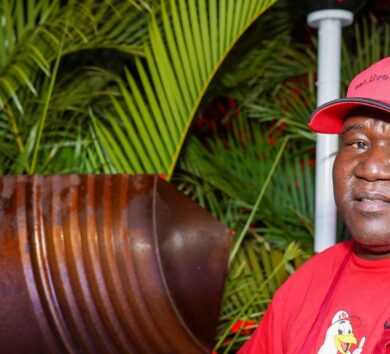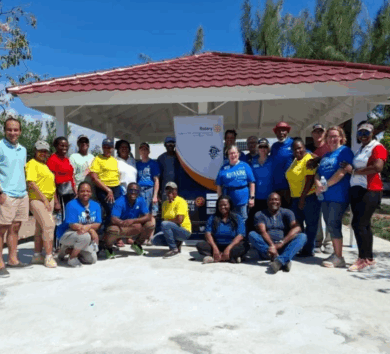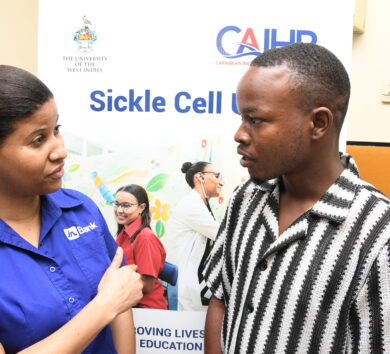

Do you know how to purify the water that either comes from your pipe, the spring, well, standpipe, or the water truck that serves your community and household?
Today (March 22) is World Water Day and the focus is on ensuring safe water and sanitation for all. Purifying the water that your household uses falls within that scope.
This information is as important for today’s observation as much as it is stressed for the current drought being faced by the country, or even during precautions within the hurricane season.
HOUSEHOLD WATER TREATMENT METHODS
Most of you probably know about boiling and adding bleach, but do you know what measurements of chlorine to add and how long should the water be boiled?

The Ministry of Health and Wellness states that disinfection of water should be considered if you are in doubt or if the source of your water cannot be verified.
Whether or not you have access to a piped water system, household water treatment can make your water safer to use and reduce waterborne diseases such as diarrhea, gastroenteritis, or any other gastrointestinal issue caused by the consumption of untreated water.
Boiling
According to the Centers for Disease Control and Prevention (CDC), boiling or heating water is “the most most widely used and effective method to kill disease-causing germs, including viruses, bacteria, and parasites.”

Though boiling is a simple way of destroying germs in water, there is a method to getting it done as safely as possible for use and consumption in the household.
The Ministry of Health and Wellness said that water should be “heated until it comes to a ‘rolling boil’ with large bubbles continuously coming to the surface of the water”. This should be maintained for three minutes.
After boiling, you should allow the water to cool before using it. Additionally, store the boiled water in clean, sanitised containers with tight covers.
Chlorination
The CDC states that chlorination is a “common chemical disinfection technique that involves adding a chlorine-based product (such as sodium hypochlorite, calcium hypochlorite, or household bleach) to water to kill bacteria and viruses”.

They also point out that other chemical disinfectants, like iodine and chlorine dioxide, can also be effective for disinfecting water. They state that consuming drinking water with small amounts of chlorine, iodine, or chlorine dioxide does not cause harmful health effects and provides protection against waterborne disease outbreaks.
In Jamaica, however, we are more familiar with adding household bleach to water before consumption. The National Water Commission (NWC) states that two drops of household bleach (and four drops if the water is cloudy) should be added to water. After adding the relevant drops of bleach, the NWC says that the water should stand for 30 minutes before consumption.
Below is a table providing guidance on appropriate measurements to use in purifying water with household bleach.
| Quantity of Bleach | Quantity of Water to be Disinfected |
| 2 drops | One (1) Quart |
| 6 – 8 drops | One (1) US Gallon |
| ½ Teaspoon | Five (5) Gallons |
After bleach is added, agitate vigorously and allow to stand for 30 minutes before consuming (do not use bulk bleach).
Water fact: Though boiling water and adding household bleach are the common methods we use in Jamaica, there are other water treatment methods such as: using chlorine dioxide tablets, flocculation-disinfection, solar disinfection, and slow sand disinfection.
Read more on water safety at the link below:
Citizens urged to practise proper water safety measures
Read more on World Water Day at the links below:
WHO, UNICEF urges nations to make water sanitation and hygiene a reality
World Water Day: Our lifetime opportunity to enable water, sanitation and hygiene for all
Read about water conservation during drought below:
Ways to conserve water in a drought
Send feedback to [email protected]







Comments